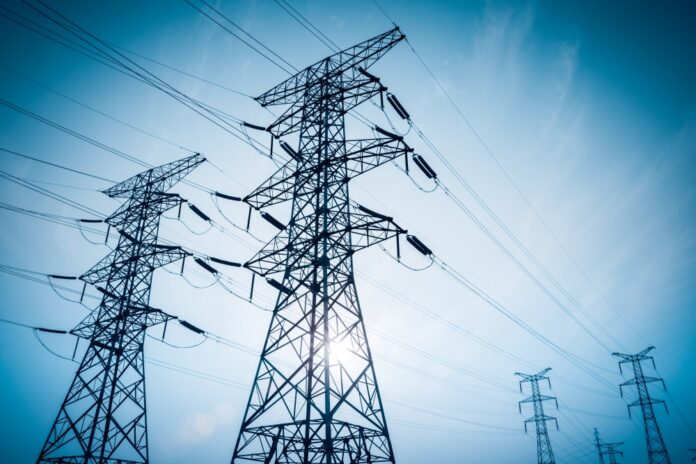It will need to be: an ABI survey indicates 5G will boost energy usage by 160% by 2030.
As COP26 international conference on climate change enters its final day, here’s the good news: AI will help cut operators’ energy use and emissions, according to GSMA Intelligence. It surveyed 103 communication service providers (CSPs) – about a quarter of CSPs globally – on energy issues.
The research, commissioned by Nokia, found that CSPs overwhelmingly view rising energy demands and costs as critical issues to their operations and their customers.
AI is part of the answer
They also see AI as essential to helping them reduce those fast-rising demands for energy and emissions from networks, driven by growth in internet traffic.
Along with the use of renewables, AI energy management software is central to many CSPs’ strategies to shrink their environmental footprint, as the solutions can be deployed quickly across an entire network with little or no human intervention.
GSMA Intelligence found that 83% of CSPs surveyed see energy efficiency as a major network transformation driver that will grow in importance as 5G is operationalised; while 67% expect their energy costs to rise over the next three years based on current trends.
However, many respondents said they are in the early planning and testing stages of getting their AI energy-saving efforts off the ground, although nearly 50% said they expect to achieve energy savings of 10% to 20% over the next two years as AI energy solutions are rolled out and optimised.
Is it enough?
The question is, will that offset the increase in energy consumption as 5G expands? It seems like a huge task: another report published this month by ABI Research, commissioned by InterDigital, found the 5G ecosystem will see a 160% increase in power requirements by 2030, reaching the expected equivalent of all the energy consumption of Sweden, or all UK households.
This is due to the rising number of connected devices as well as energy consumed by networks such as for MIMO and edge servers, plus the proliferation of 5G cell sites.
The idea behind AI reducing that energy consumption is that zero-touch automation, AI programmes can improve energy savings by closely aligning equipment usage patterns with real-time network demands; and identifying performance anomalies in underperforming network equipment that saps energy resources and needs replacing.
Beyond curtailing energy demand, AI-powered energy solutions are expected to drive other outcomes, like reducing the number of on-site troubleshooting visits to solve network issues.
IoT in the mix
A separate white paper by Nokia and GSMA Intelligence projects that the implementation of mobile and digital technologies, like 5G, 4G, private networks, and IoT sensors, could catalyse large carbon emission savings in manufacturing, power and energy, transportation, and buildings; all of which account for around 80% of global carbon emissions.
For example, annual manufacturing carbon savings from the rollout of smart factories at scale could save the equivalent of 28 million roundtrip flights from London to Los Angeles in a year.
Energy savings from the widespread use of smart meters in homes, by more efficiently using resources when they are needed, would be enough to power 97 million homes in a year.



